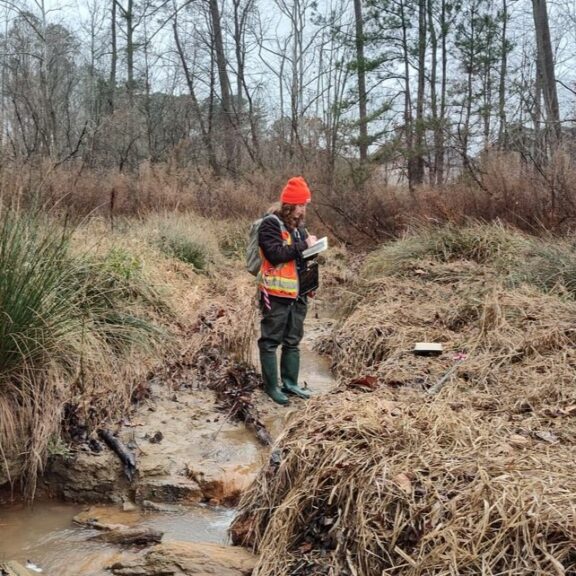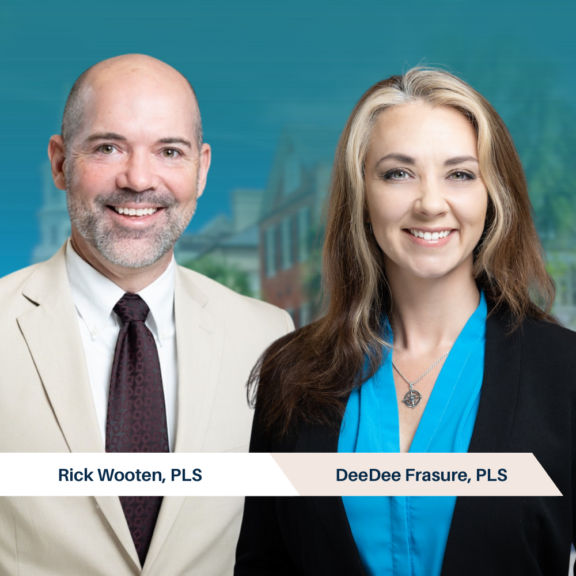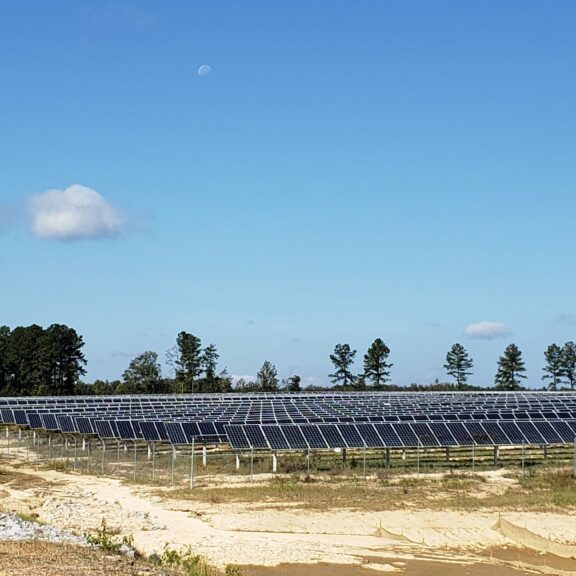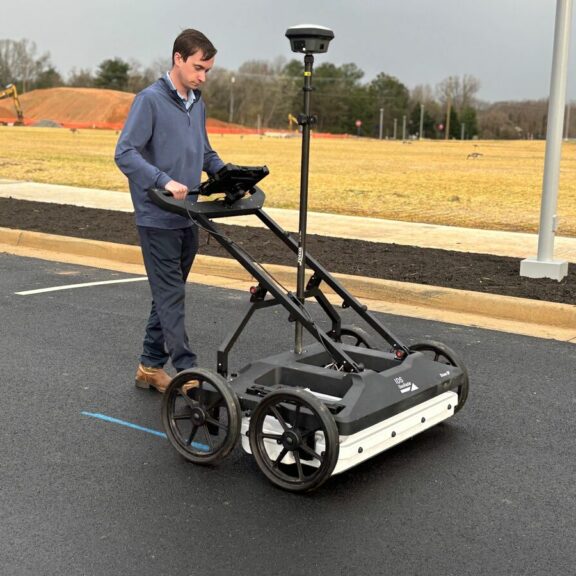Ducks, butterflies, songbirds, and a great blue heron were among the wildlife seen inhabiting the City of Waynesboro’s Mulberry Run Wetlands during a recent site visit on October 25th. Members of the press were invited to join City of Waynesboro officials, Chesapeake Bay Foundation experts, Timmons Group project engineers, and other project representatives to tour the site and discuss the impact the project has had on the community.
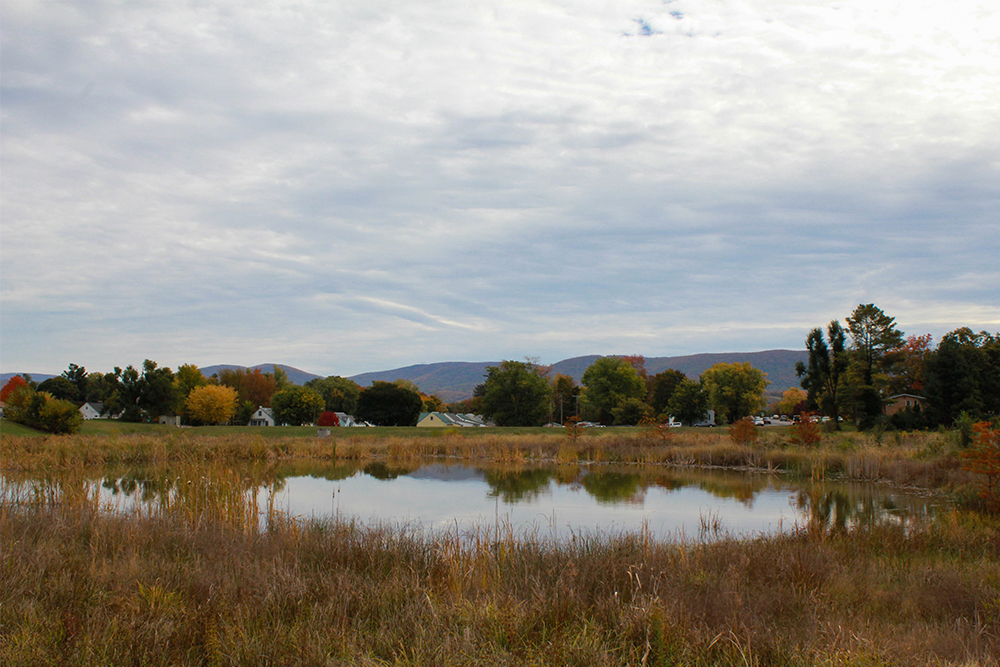
Just a few years ago, a dry, 11-acre detention basin sat where this thriving wetland ecosystem now lives. In addition to reducing neighborhood flooding, the project was designed to filter stormwater runoff before it enters the South River and Chesapeake Bay. The stormwater runoff flows through a series of pools where native trees, grasses, and plants filter out excess nutrients before they reach larger waterways. The lush environment serves as a habitat for several species, with naturalists reporting sightings of green herons, Carolina wrens, red-wing blackbirds, many species of butterflies, and more.
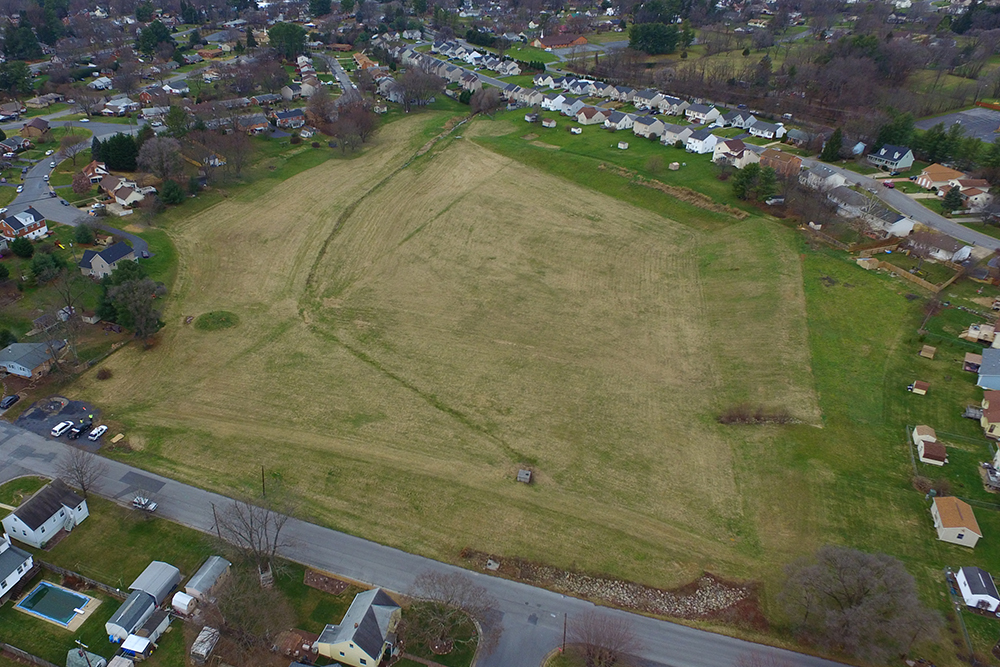
Pre-Construction
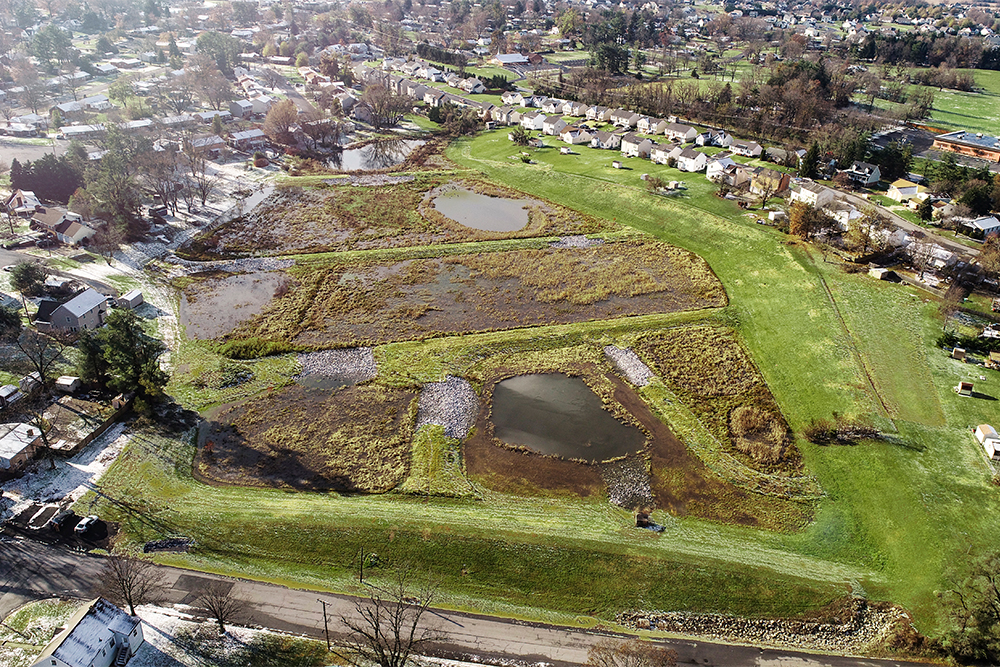
Post-Construction
The project was funded by DEQ Stormwater Local Assistance Funds (SLAF,) obtained through a grant application developed by Timmons Group, and the VA Clean Water Revolving Loan Fund (VACWRLF.) The project will enable the City to document over 300 lbs. of phosphorus removal from a singular project in an effort to comply with the Chesapeake Bay TMDL.
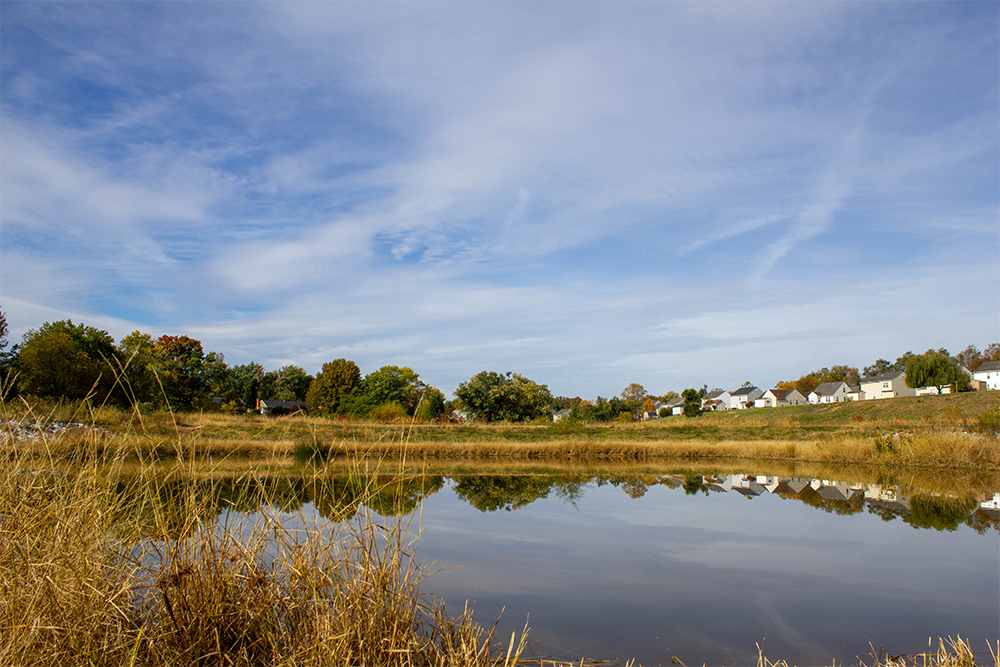
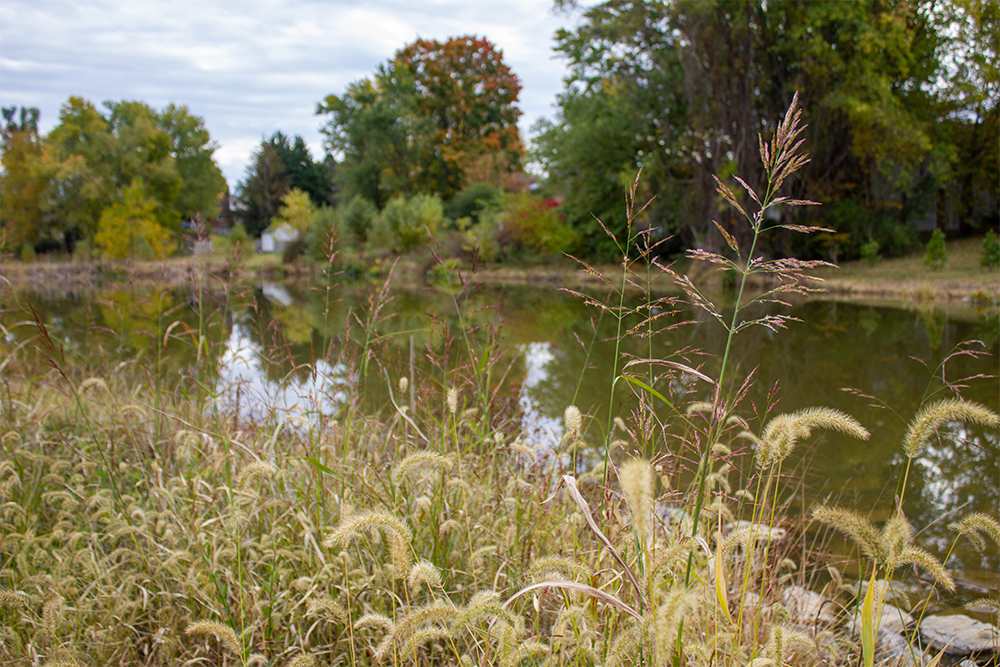
In addition to developing design documents, construction drawings, and the bid package, Timmons Group provided bidding assistance, utility coordination, environmental permitting, geotechnical exploration, SWPPP development, and construction administration services.
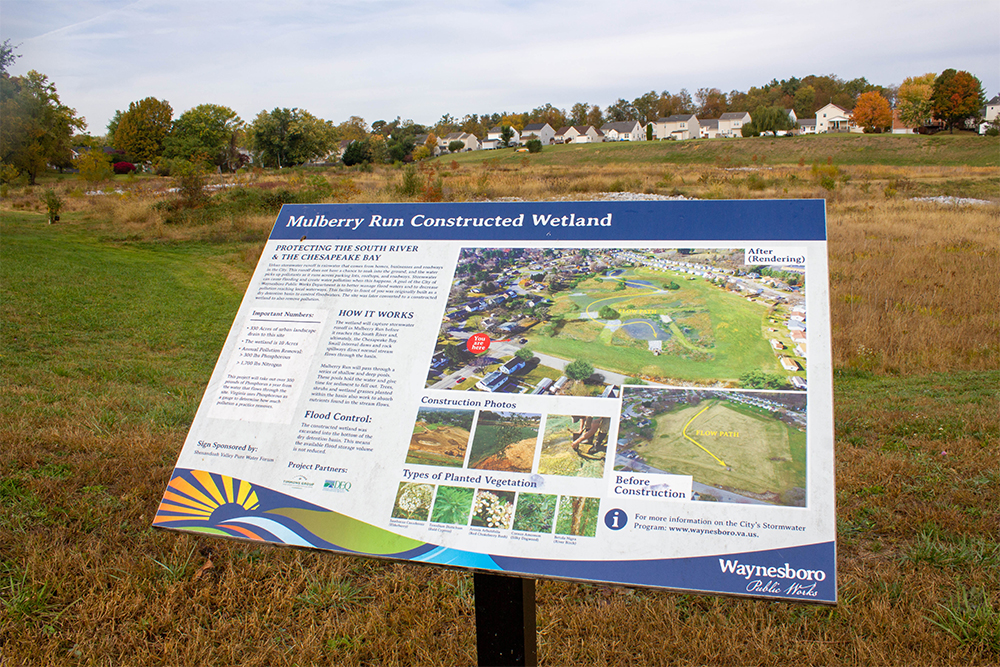
Located within a residential neighborhood, the wetland has turned into a community park amenity for residents, offering a peaceful environment to take a walk and enjoy nature.
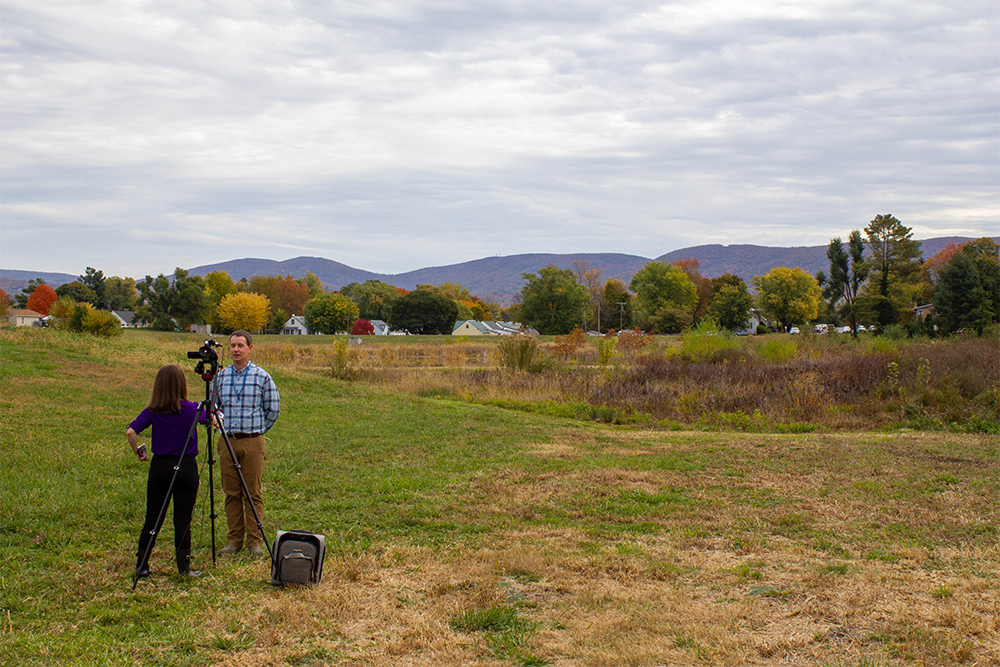
City officials were on site to discuss the project with local media
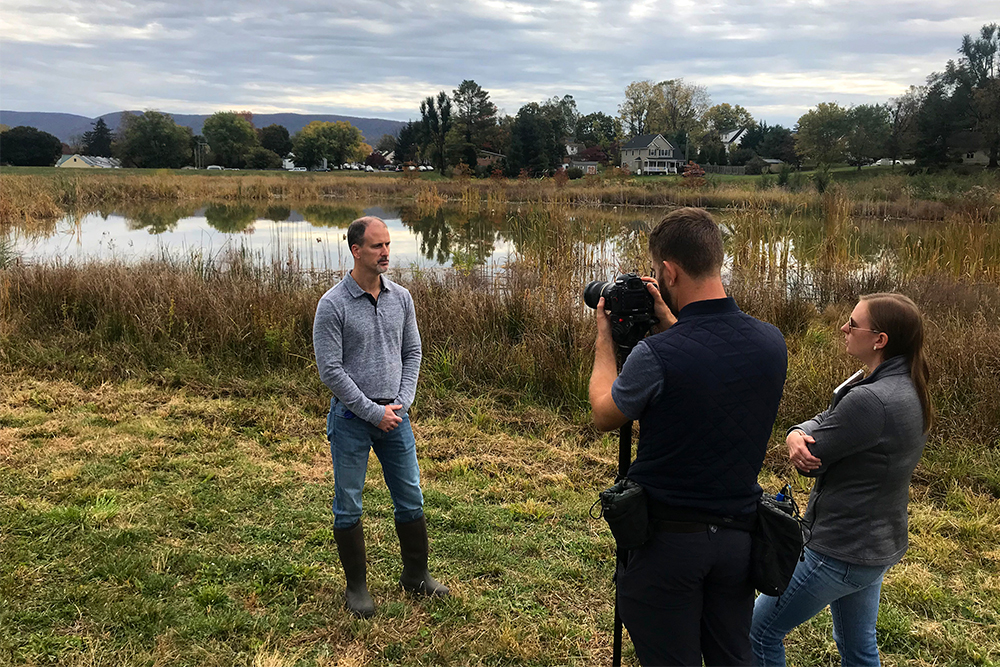
Timmons Group project representatives were interviewed about the design and history of the project
The project was also the winner of a 2017 Best Urban BMP in the Bay award (BUBBA) for Best Habitat Creation in a BMP and was named a Recognized Project in the EPA PISCES (Performance and Innovation in the SRF Creating Environment Success) program.

